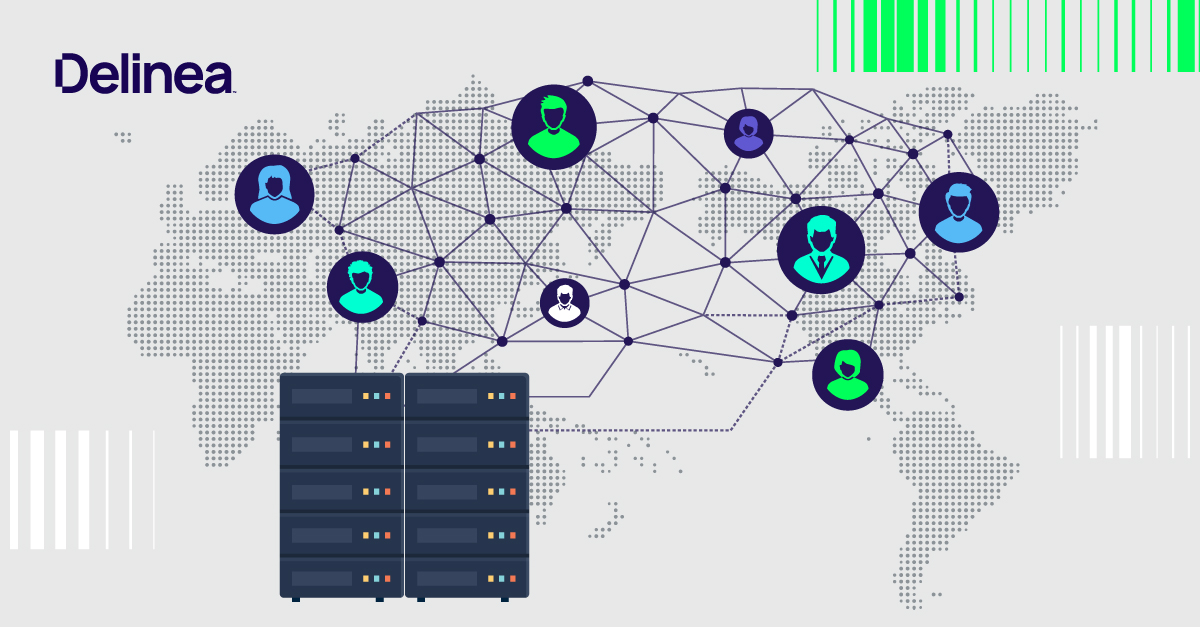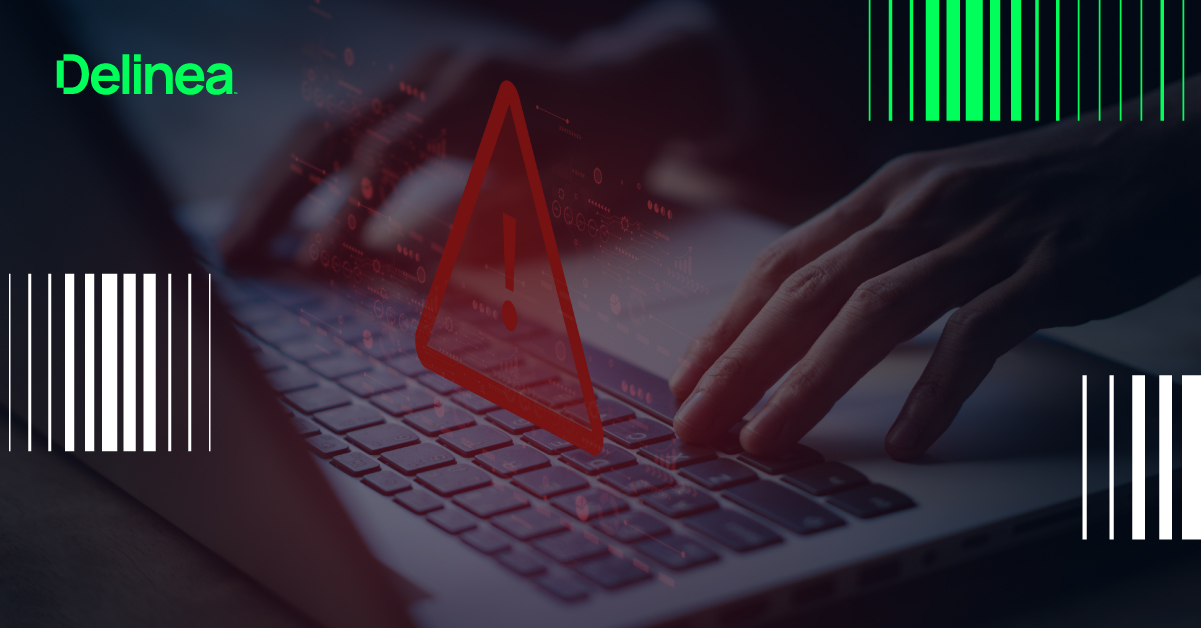What is remote access security?
Remote access is a vital part of modern business.
Employees no longer sit at a desk from nine to five—they’re working from home, traveling, or connecting from coffee shops. This shift has unlocked new levels of productivity, but it’s also created fresh challenges, especially around security. Enter remote access security—the essential layer of protection that keeps businesses safe from cyber threats while allowing your employees to work flexibly.
Why remote access security matters
As remote work continues to grow, so does your attack surface. Every laptop, smartphone, and tablet connecting to your corporate network from the outside is a potential risk. Without secure remote access, your sensitive company data can be exposed to malicious actors. Remote access security ensures that your employees, partners, and even third-party vendors can securely access business resources without compromising security
The tools behind remote access security
Remote access security solutions are designed to provide frictionless, secure access to business applications and data from anywhere. These solutions focus on balancing security with ease of use, ensuring that everyone can work efficiently without unnecessary barriers.
Key Features
- Multi-Factor Authentication (MFA): One password is not enough. MFA adds an extra layer of defense, requiring additional verification such as a mobile device, fingerprint, or facial recognition to confirm the user’s identity. It’s a simple but powerful way to reduce credential and identity theft.
- Single Sign-On (SSO): Remembering a dozen passwords? Not ideal. SSO simplifies the user experience by allowing your employees to log in once and access multiple applications with a single set of credentials. Fewer passwords mean less risk.
- Adaptive Authentication: Not all logins are equal. Adaptive authentication evaluates context—such as the user’s location, device, or time of access—and applies the appropriate level of security. For example, accessing from a trusted location may require only a password, but logging in from abroad might trigger additional security checks.
Types of remote access solutions
Not all remote access solutions are created equal. Here’s a look at three common types:
1. Virtual Private Networks (VPNs)
A VPN creates an encrypted tunnel between the user and the company’s network, ensuring that sensitive data can travel securely. While VPNs have been a standard for remote work, they have limitations—especially when it comes to performance and security vulnerabilities.
2. Remote desktop software
Need to troubleshoot a colleague's computer from afar? Remote desktop software allows IT professionals to take control of systems remotely. It’s also handy for accessing workstations from offsite. But without proper security, these connections can become easy targets for attackers.
3. Cloud-based solutions
Cloud-based tools like Software-as-a-Service (SaaS) are changing the game. Your employees can access critical business applications directly through a web browser, with robust security controls in place to protect data. It’s scalable, efficient, and removes the need for direct network connections.
Common use cases for remote access security
Every business is different, but remote access security plays a critical role in several scenarios:
Work from anywhere: With more employees working from home or on the road, remote access security ensures they can connect safely to company systems without risking data breaches.
Business travel: Remote access security keeps traveling employees connected to the tools they need while securing connections over public Wi-Fi networks, which are often hotspots for cyber threats.
Project collaboration: Teams spread across cities (or even countries) must collaborate seamlessly. Secure remote access allows them to work together without risking your company data.
IT support: When technical issues arise, IT teams often need to step in remotely. Remote access solutions allow them to troubleshoot securely, resolving issues without compromising sensitive systems.
Third-Party Access: Many businesses rely on third-party vendors for IT infrastructure, maintenance, or specialized services. Remote access security enables these external partners to access necessary resources securely, ensuring they don’t introduce additional vulnerabilities. With tools like Privileged Access Management (PAM), your organization can control what vendors can access, monitor sessions, and apply MFA, safeguarding your sensitive systems.
The power of remote access security
Strong remote access security doesn’t just protect your data—it powers productivity by enabling your employees to work from wherever they are while maintaining the integrity of your network.
Here’s why it matters:
1. Protecting sensitive data
Sensitive information is the lifeblood of your business. Remote access security ensures that data stays protected, whether it’s in transit or stored on devices. Encryption, firewalls, and strong authentication protocols help block unauthorized access, keeping your data safe.
2. Stopping unauthorized access
Preventing unauthorized access isn’t just about having strong passwords. Multi-factor authentication, network monitoring, and role-based access controls make sure that only the right people can access the right resources at the right time.
3. Business continuity
A security breach can bring your business to a grinding halt. Remote access security helps prevent those disruptions, ensuring your teams can continue working smoothly—even in the face of unexpected cyber threats.
How remote access security works
Understanding the mechanics of remote access security helps illuminate why it’s so essential.
Here’s how the best solutions operate:
1. Role-based access management
This approach applies the principle of least privilege—users only get access to the resources they need. By defining access policies based on roles, businesses reduce the chances of sensitive data ending up in the wrong hands.
View 5 examples of least privilege.
2. Strong and adaptive authentication
Strong authentication, powered by MFA and adaptive security measures, ensures that users are who they claim to be before they can connect. Adaptive authentication adjusts security based on risk factors, adding layers of protection when needed.
3. VPN vs. Zero Trust Network Access (ZTNA)
While VPNs provide secure connections, they aren’t without flaws. Zero Trust Network Access (ZTNA) steps up by assuming that no user or device is trusted by default. Every request is verified, reducing the risk of insider threats and offering a more secure alternative to traditional VPNs.
4. Monitoring and analytics
Keeping an eye on what’s happening across your network is critical. Monitoring tools help detect anomalies in user behavior and respond in real-time, minimizing the damage before a threat becomes a full-blown breach.
Securing third-party vendor access
Your business may need to rely on third-party vendors for certain services. But with that reliance comes risk. How can you ensure that these vendors don’t compromise your security?
The challenge
Traditional security models often struggle to accommodate third-party vendors who need access to internal systems. If vendors use devices outside your organization’s control, this creates potential vulnerabilities.
The solution
Privileged Access Management tools step in to provide secure, controlled access for vendors. These solutions ensure that vendors only have access to what they need, and nothing more. By leveraging web portals, multi-factor authentication, and session monitoring, PAM keeps vendor access under control, minimizing the risk of exposure.
VPNs vs. ZTNA: The next generation of security
While VPNs have been the go-to solution for years, they aren’t perfect. VPNs can slow down performance, especially with a large remote workforce, and if misconfigured, they can open doors to attackers. That’s where Zero Trust Network Access (ZTNA) comes in. ZTNA offers a more flexible, secure solution, enforcing strict identity verification for every request, every time. It’s the future of remote access security.
Remote access is no longer a luxury—it’s a necessity. But with it comes new security challenges that must be addressed to keep businesses safe and operational. Remote access security is the foundation that allows your team to stay connected, productive, and secure, wherever they are. By implementing robust security measures, from MFA to ZTNA, your business can embrace the flexibility of modern work without compromising on safety.
Secure privileged remote access for everyone


